There are a lot of great stories out in the world. And by putting you in the driver seat, video games have the unique ability to make even the strangest narratives personal and heartfelt. Some games tell side stories just with their environments, like in BioShock, while others tell the entire narrative through bits and pieces left for the player to find, like Everybody’s Gone to the Rapture.
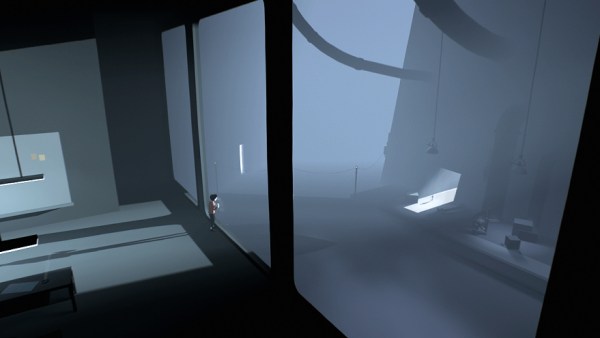
But then there are games where even that is too much. Often without dialogue or text, relying solely on the power of visual storytelling, some minimalist games turn it into a true art form. It’s true, minimalistic storytelling doesn’t work in every case. But when it does, these games deliver some of the most emotional, memorable narratives in the medium.
Spoiler Warning: The descriptions of each game do include some minor ‘plot’ spoilers.
Flower

First is a game that, while not having a narrative in a traditional sense, still manages to pack one heck of an emotional punch. Not only are there no characters or an explicit storyline, there’s actually only a grand total of two controls: aim and… make the wind blow.
Easily the most abstract game on this list, Flower sees you literally play as a petal, flying though air, collecting other petals as you go. Set loose on drab, dead surroundings, every petal you collect eventually breaths life back into the world. It’s a simple premise, but as you venture from picturesque nature into the ugly horror of industry and cramped cities, it becomes a sweeping, emotional journey.
With an incredible musical score that actually builds throughout each level with each petal you collect, Flower showcases the power of intense visuals when paired with the right music. It’s something developer ThatGameCompany would then go on to explore to even a greater degree in their next game, but that’s getting ahead of ourselves.
The Witness
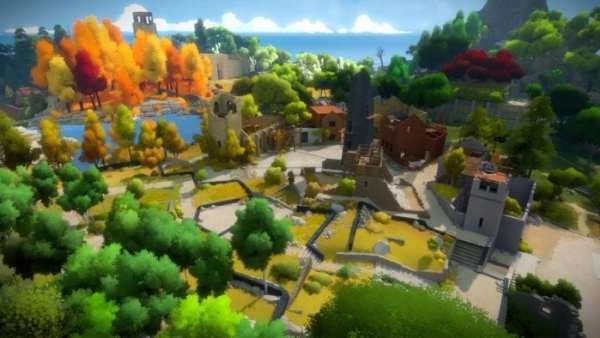
There’s no way around it, The Witness is a mind-shattering beast of a game. It’s jam-packed full of mysteries on top of mysteries.
The game starts with the player in a tunnel. Opening the door, you then enter a courtyard. Solve a couple of the line-puzzles, and you open the gate, allowing you to boldly strike out across the island. And from there, hundreds of puzzles, secrets, and locked doors await.
A bit of an outlier, The Witness does feature dialogue and video clips. Save for a handful of audio logs that are so well hidden that they qualify more as easter eggs, these aren’t telling you a story. Instead they are quotes about philosophy, logic, and religion.
The Witness doesn’t tell you a narrative, hoping you’ll pull greater insight from it. It simply gives you pieces of insight, and grants you access to a logic-controlled world where the narrative is just you, learning. There are very few things the human mind can’t wrap itself around. We just need the time, and the right steps to get there.
Unravel
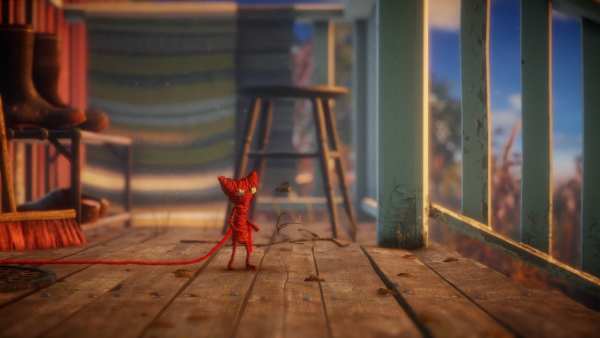
Unravel has proven to be divisive amongst critics, largely due to the lack of variety in its platforming gameplay. That said, there’s no denying that a heartfelt story beats in the game’s yarn-wrapped chest.
Putting aside Unravel’s innocent, adorable protagonist, Yarny, there’s ultimately the question of just what it is the little guy is doing the entire game. Yarny rolls his way from a knitting basket in the home of an old woman. Climbing up on a table, you find an old, empty photo album. Exploring the house however, you can enter different pictures, transporting yourself to where each was taken.
As Yarny pieces together the different memories, tying them together if you will, the photo album fills up. Illustrated from the perspective of just a bit of string, Unravel tells a story about the enduring power of love, the fleeting nature of memory, and the good and bad moments that define our lives.
Limbo

Getting much closer to telling a standard through-line narrative than the previous titles, Limbo is a story about a boy looking for his sister. That much is given to players in the game’s description. But even a straightforward plot like that soon becomes shaded and blurred in the shadows and nightmare’s of Limbo.
Much like Flower, the game sees you make the journey from nature to industry, but in this case both are horrifying. Spiders hunt the little boy in the forest, while buzz-saws cut him to pieces in the factories of the city. Behind all of that though, there’s the simple tale of a young boy, braving terrors to reach his sister.
Though fans might not agree as to exactly what happens at the end of the game, one thing is clear: the love the boy has for his sister propels him and conquers everything that stands in his way.
Brothers: A Tale of Two Sons
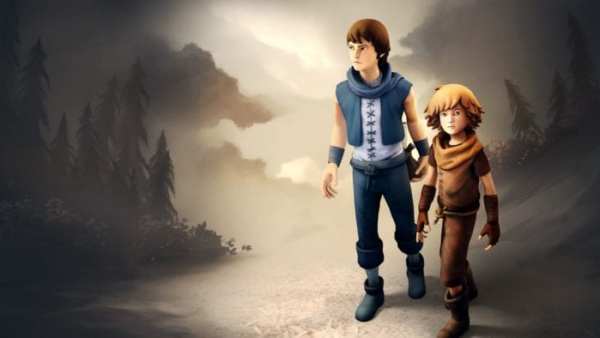
Possibly the clearest narrative on the list, Brothers: A Tale of Two Sons follows two young boys as they go out and search for medicine to cure their sick father. It’s a touching story about the bonds of family and dealing with loss.
Though the characters do speak to each other, it’s in a different language, leaving it to their tone and the context of the situation to tell the story. Surprisingly enough however, it actually works. During the opening scene, we see that the youngest brother watched his mother die in a boating accident. Though nothing ever explicitly tells you how traumatized he is, his continuing fear of water throughout the game is more than enough.
Brilliantly, the game even changes its controls to showcase how the characters evolve throughout the journey. It’s an impactful moment when it happens for the first time, and plays into the fact that every element of Brothers: A Tale of Two Sons is built around telling its story.
Inside

For the follow up to Limbo, developer Playdead pulled out all the stops. Though it does still set you in the shoes of a little boy, Inside also features a rich, detailed, grotesque world as its backdrop. Marching lines thunder away around you, as mysterious masked people watch and keep order.
The debates over exactly what the narrative of Inside means are only beginning to take off, but the absurdist, twisted dystopia is more than enough to draw people in right off the bat. At every turn, each new mechanic adds to the strangeness of the world, supplying a new wrinkle to any rock-solid theory you might have had about how the world ended up like this.
Thought-provoking in its imagery and implications, Inside never tells you what it’s really about. That’s left up to each gamer to decide for themselves.
Shadow of the Colossus
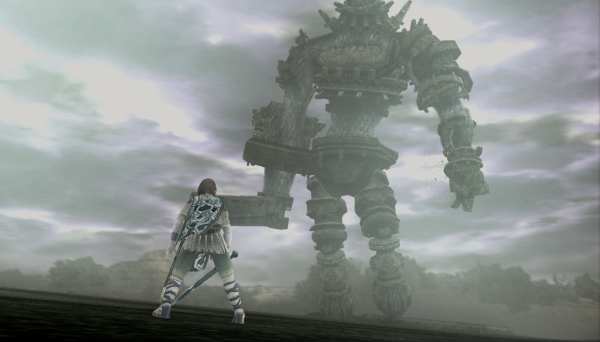
If there is one thing that can connect every game discussed so far, it’s that each one ultimately feels contained. Shadow of the Colossus breaks that mold as the conclusion of what seems to be a massive epic.
The young man brings a dead girl to a strange, empty land. He enters a temple and lays her on the alter. A vague, bodiless narration tells us the land is known for being able to bring back the dead, and that’s all we’re given to go on. Even with only that very small narrative introduction, Shadow of the Colossus manages to tell a huge fantasy story, about a young warrior slaying beasts, all with the hope of bringing back someone he loves, but slowly sacrificing himself in the process.
Genuinely impressive in its scope, the game showcases only a tiny part of the world, but hints towards much grander things beyond itself. And more than that, watching the young man’s desperate struggle sticks with gamers even years after having played it.
Journey
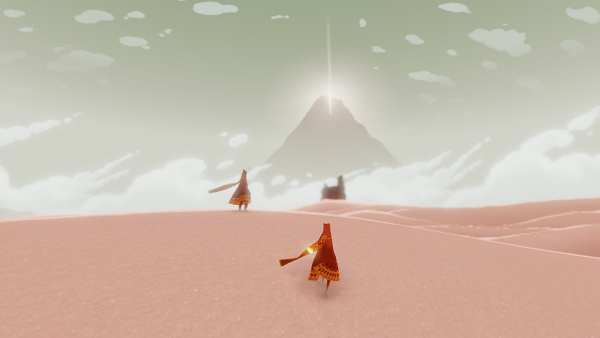
And finally, merging visual beauty with stirring music, thought-provoking mechanics, and honest emotion, Journey emerges as the game that manages to touch gamers the most, even though it doesn’t say a word. Telling a narrative of destruction and rebirth through artfully crafted visuals alone, ThatGameCompany pushed themselves to new heights with the studio’s follow-up to Flower.
You begin on a dune, looking towards a mountain in the distance, and your only goal to reach it. In order to do so however, you have to work with other creatures trapped in the desert, and maybe even another player.
With a one-of-a-kind multiplayer system, which seamlessly connects your game with someone else’s but doesn’t allow you to actually communicate, Journey doesn’t just tell a story about companionship, it gives you all the tools to make one of your own. The emotions and trials your little scarf-wearer undergoes aren’t singular events happening in the void. They are something you share with another person. In the end, there’s really nothing else like it.
